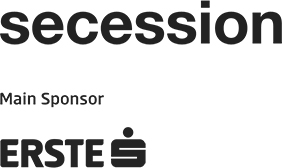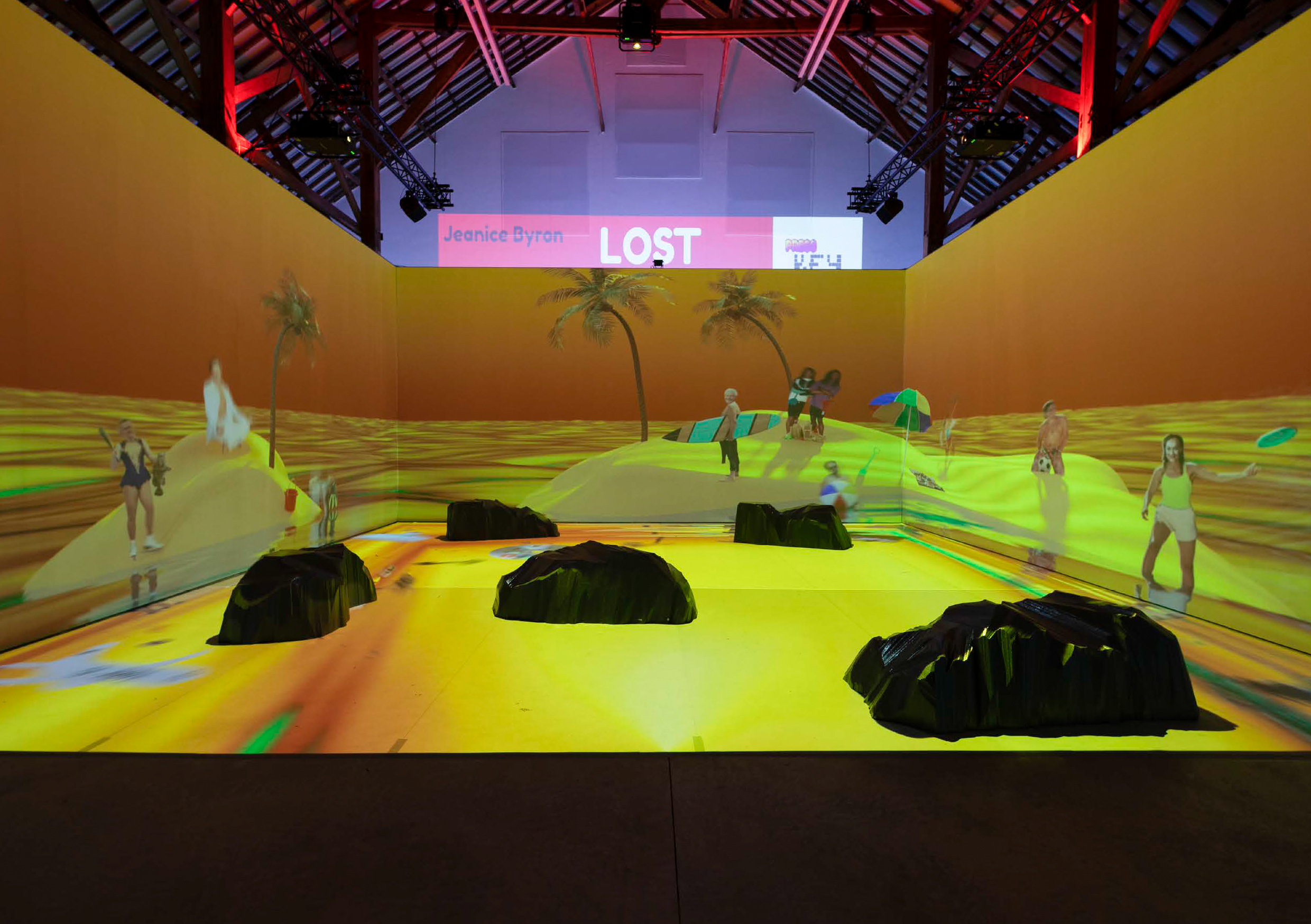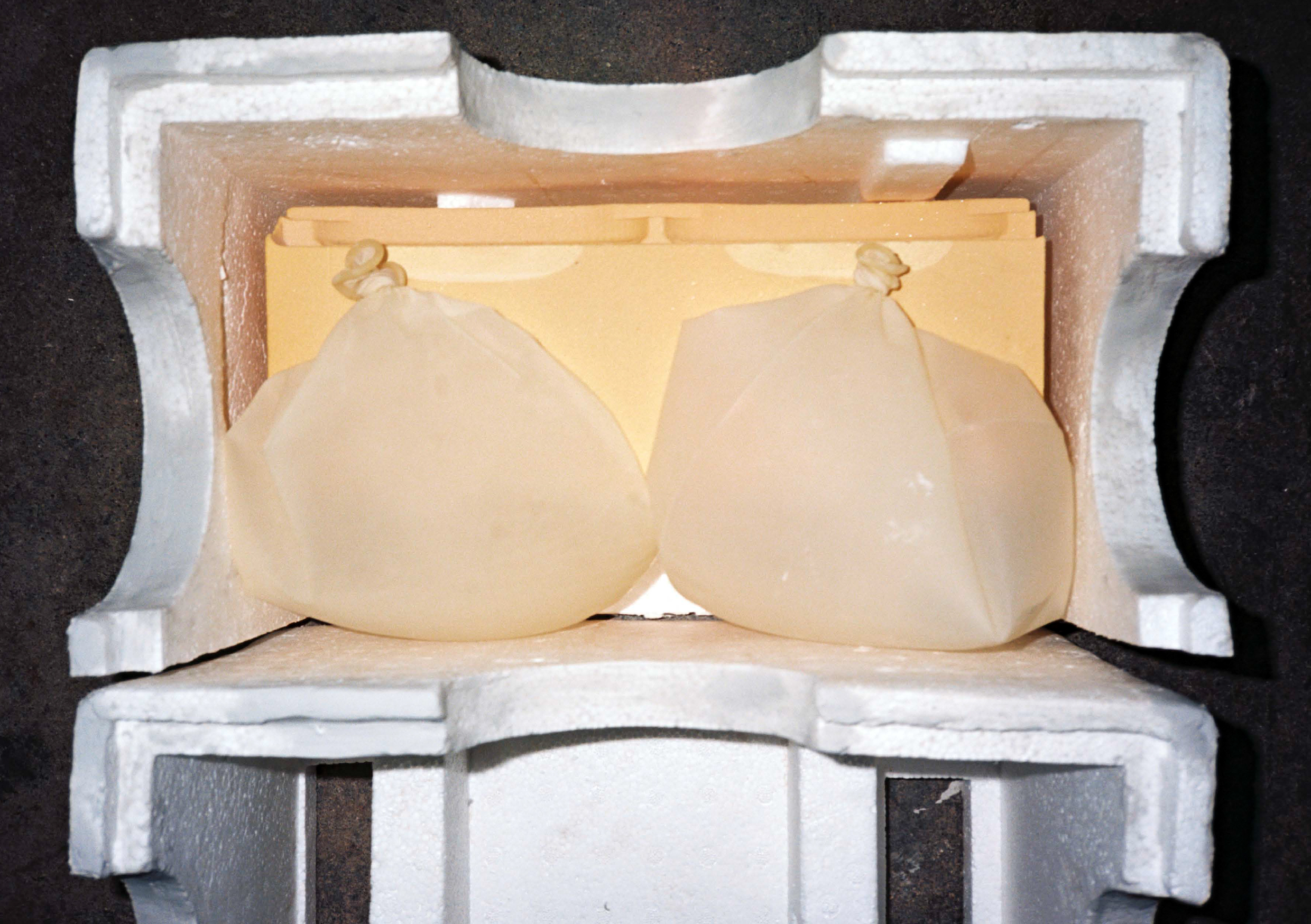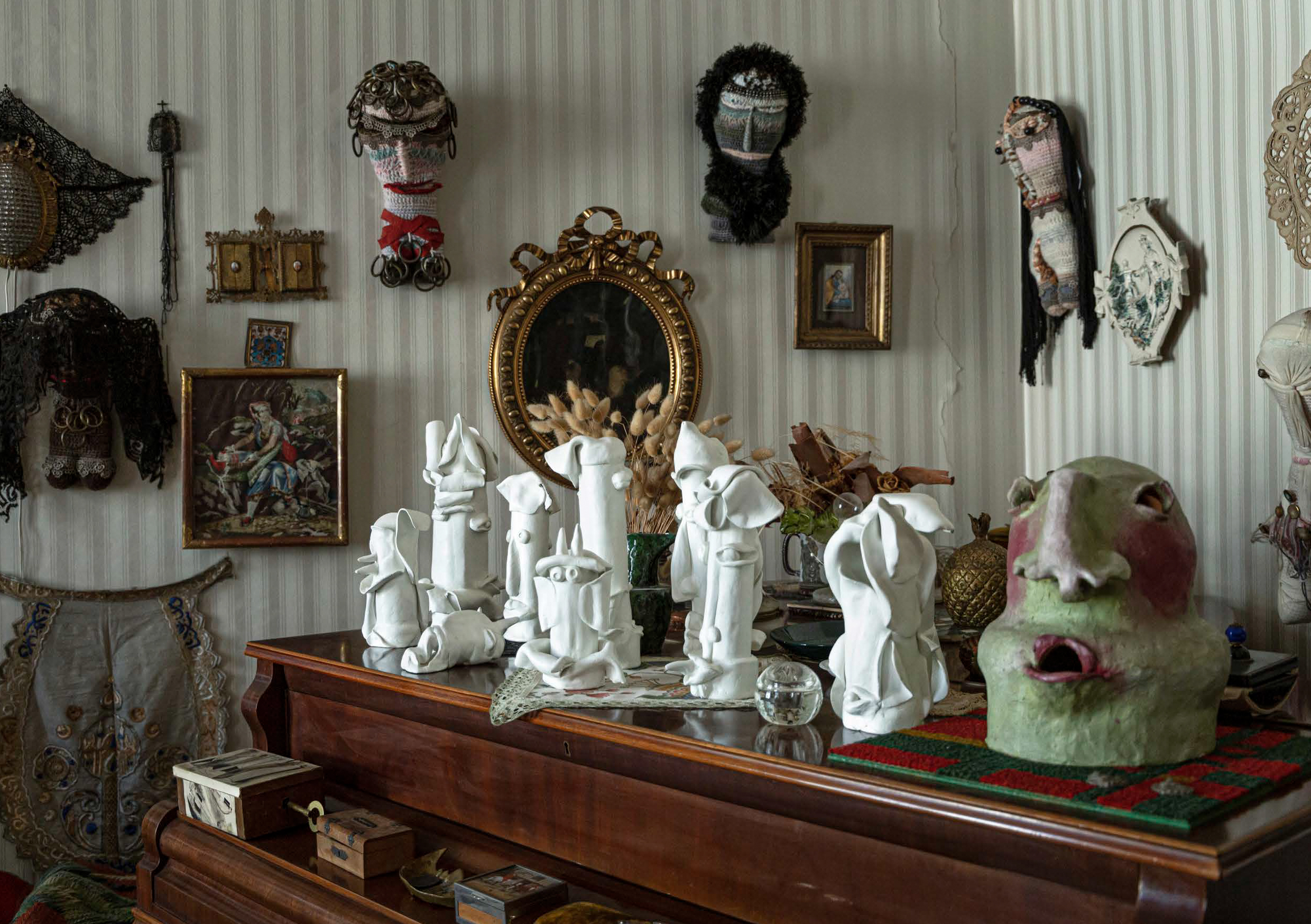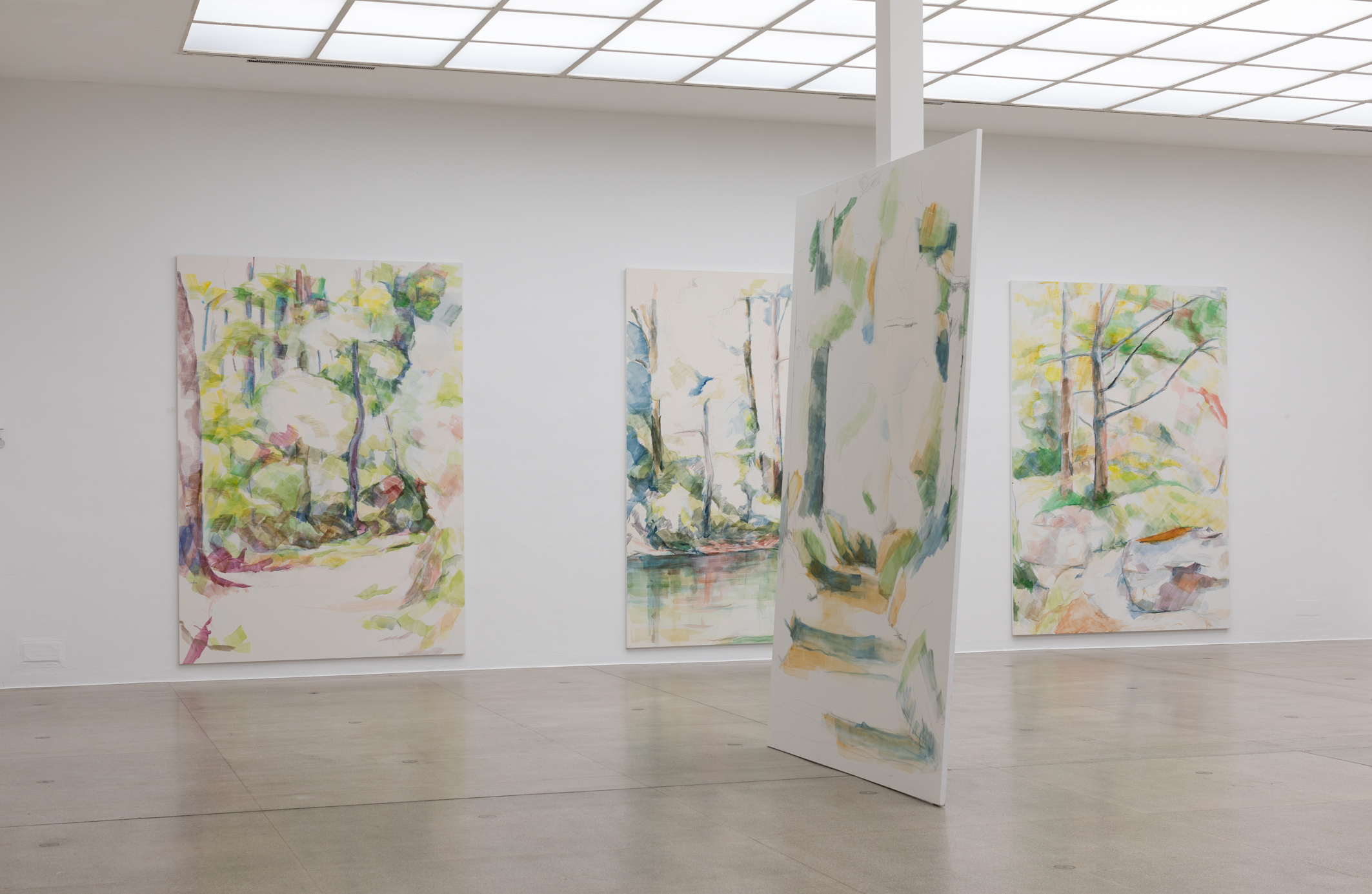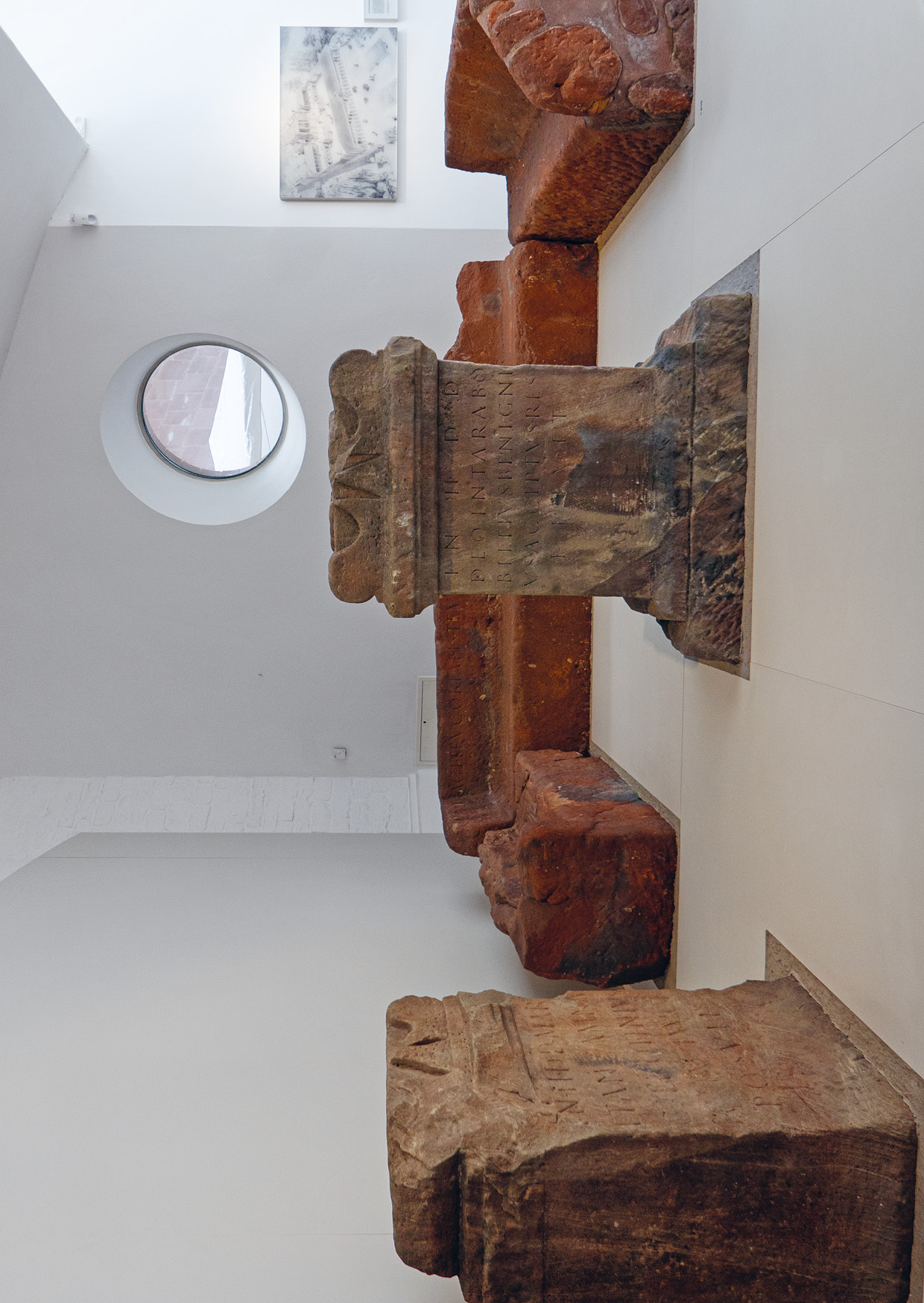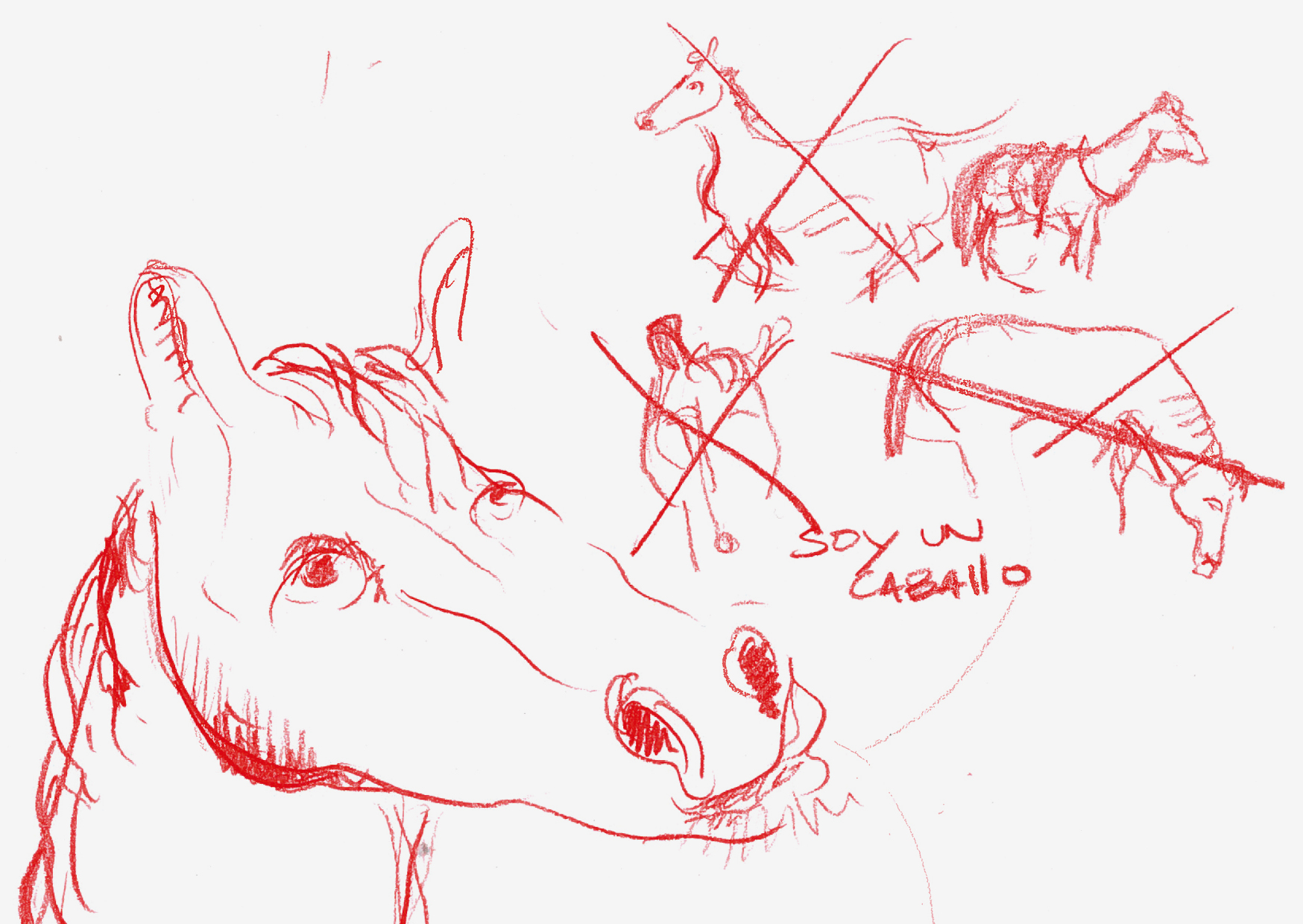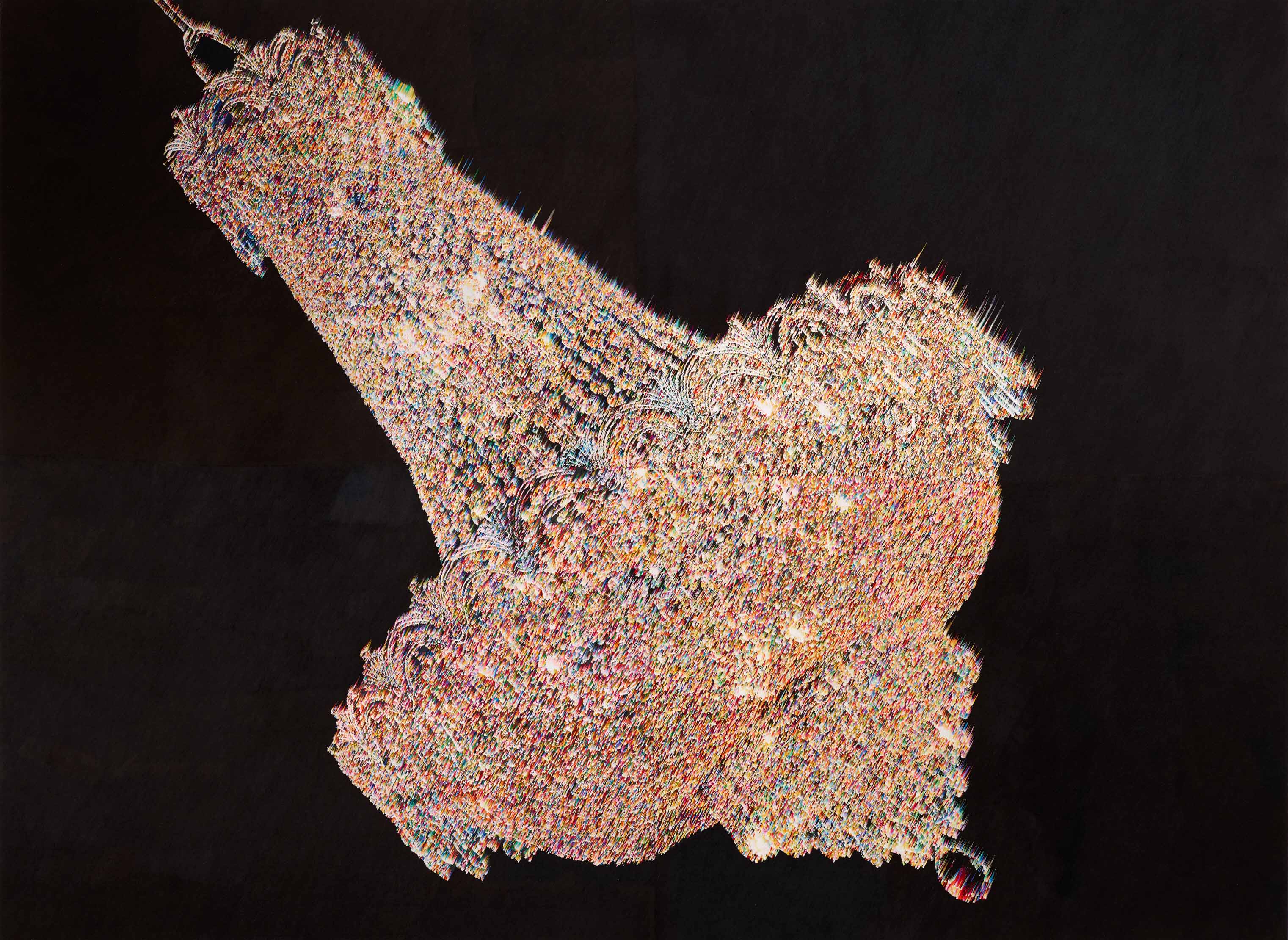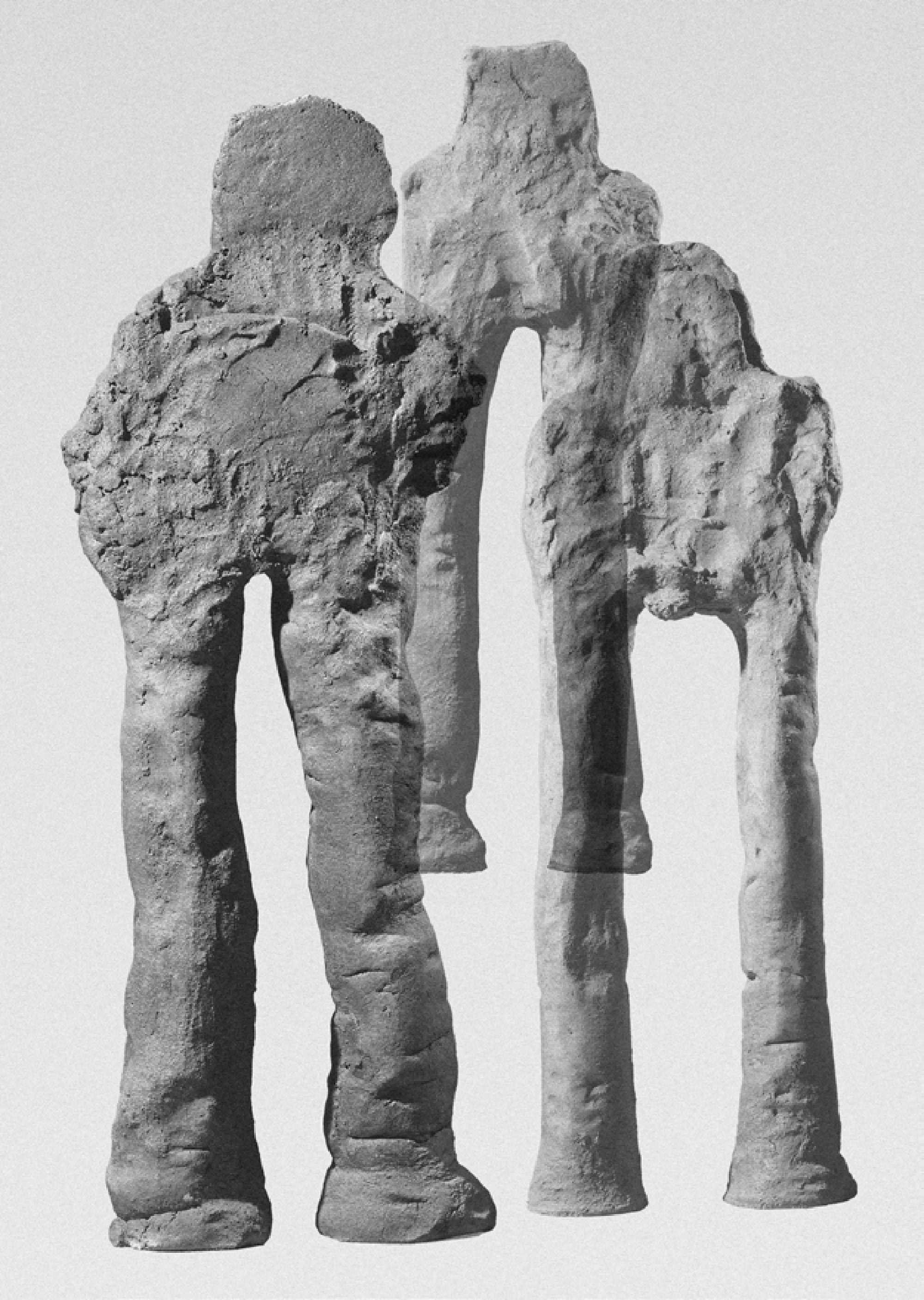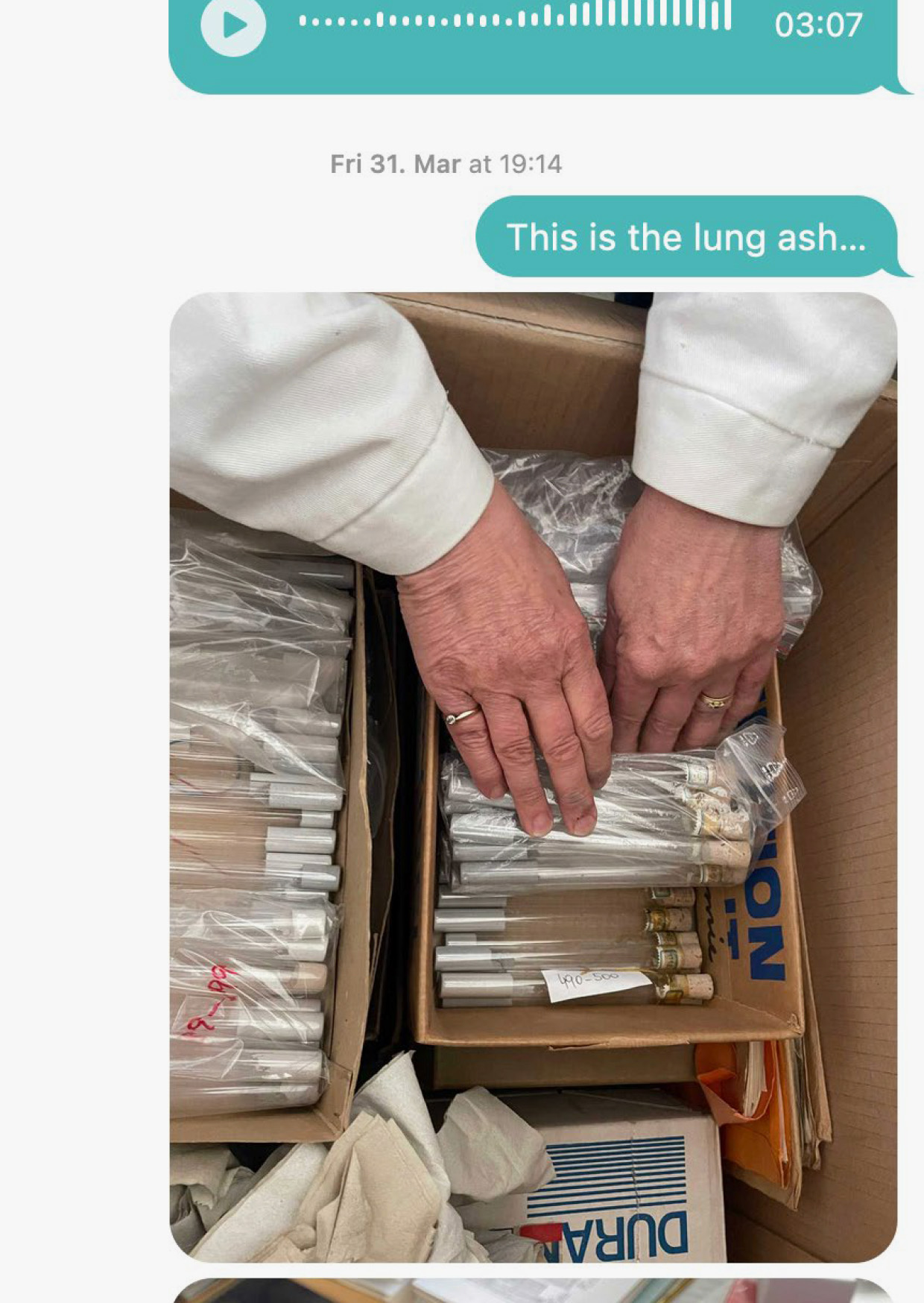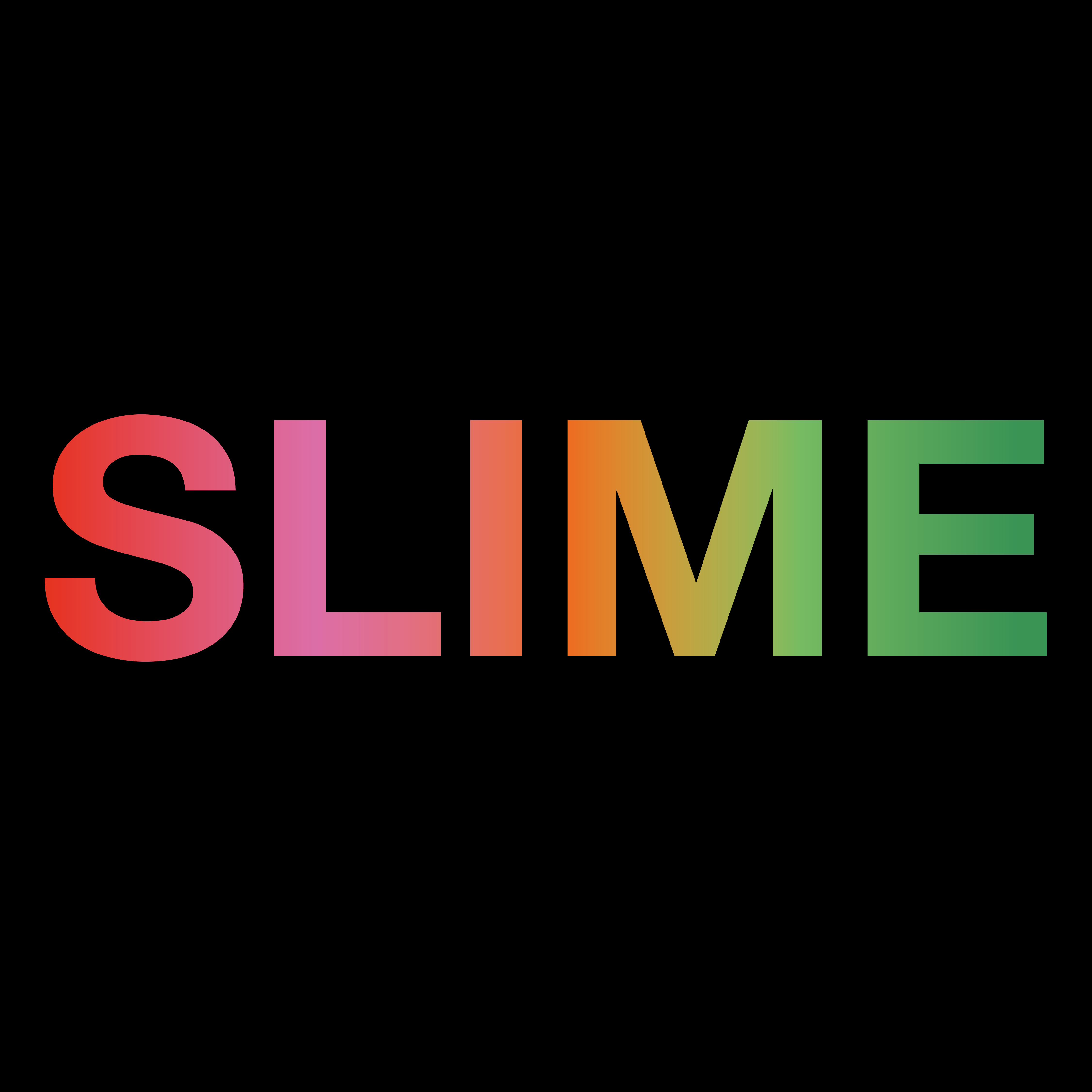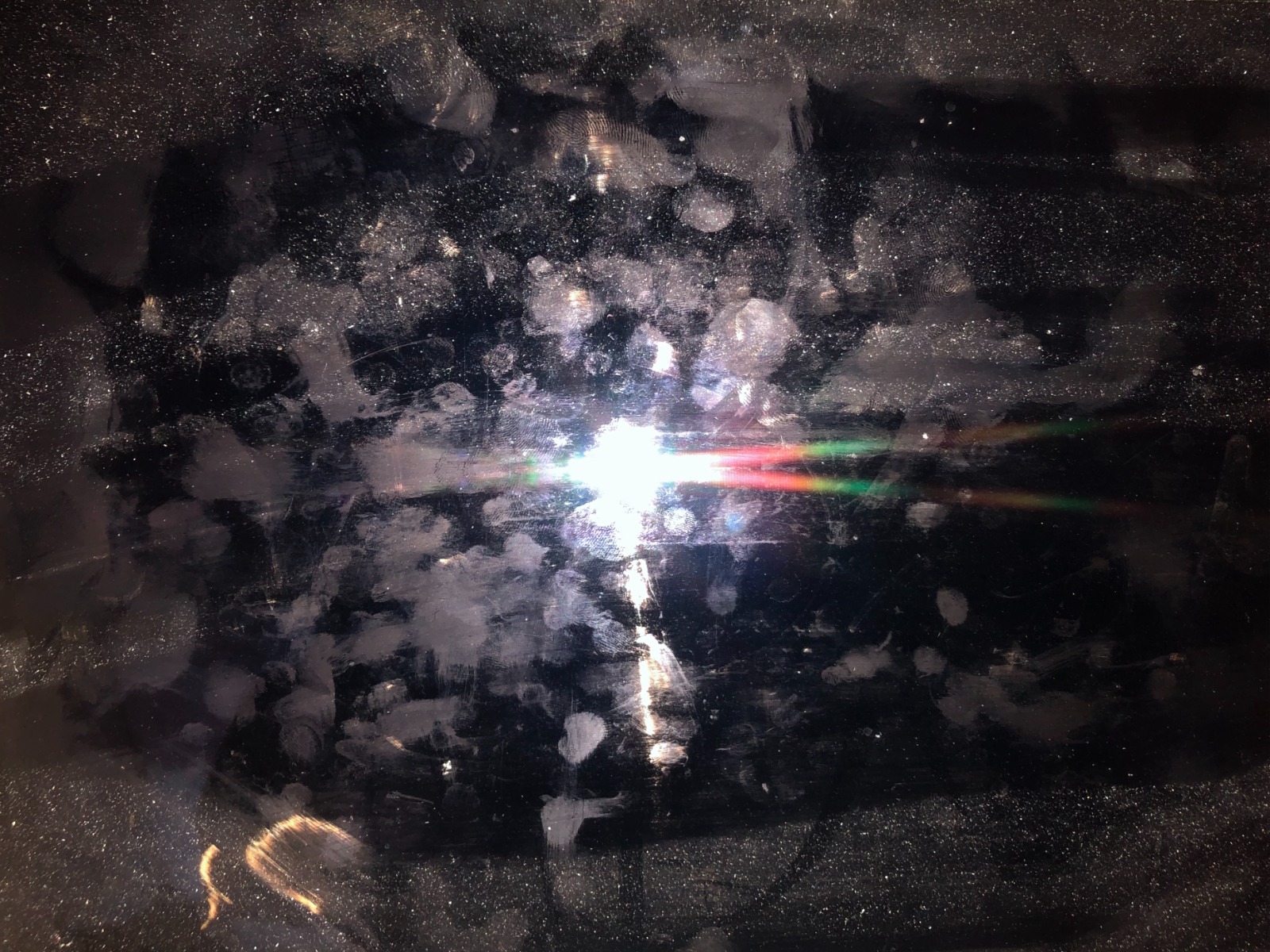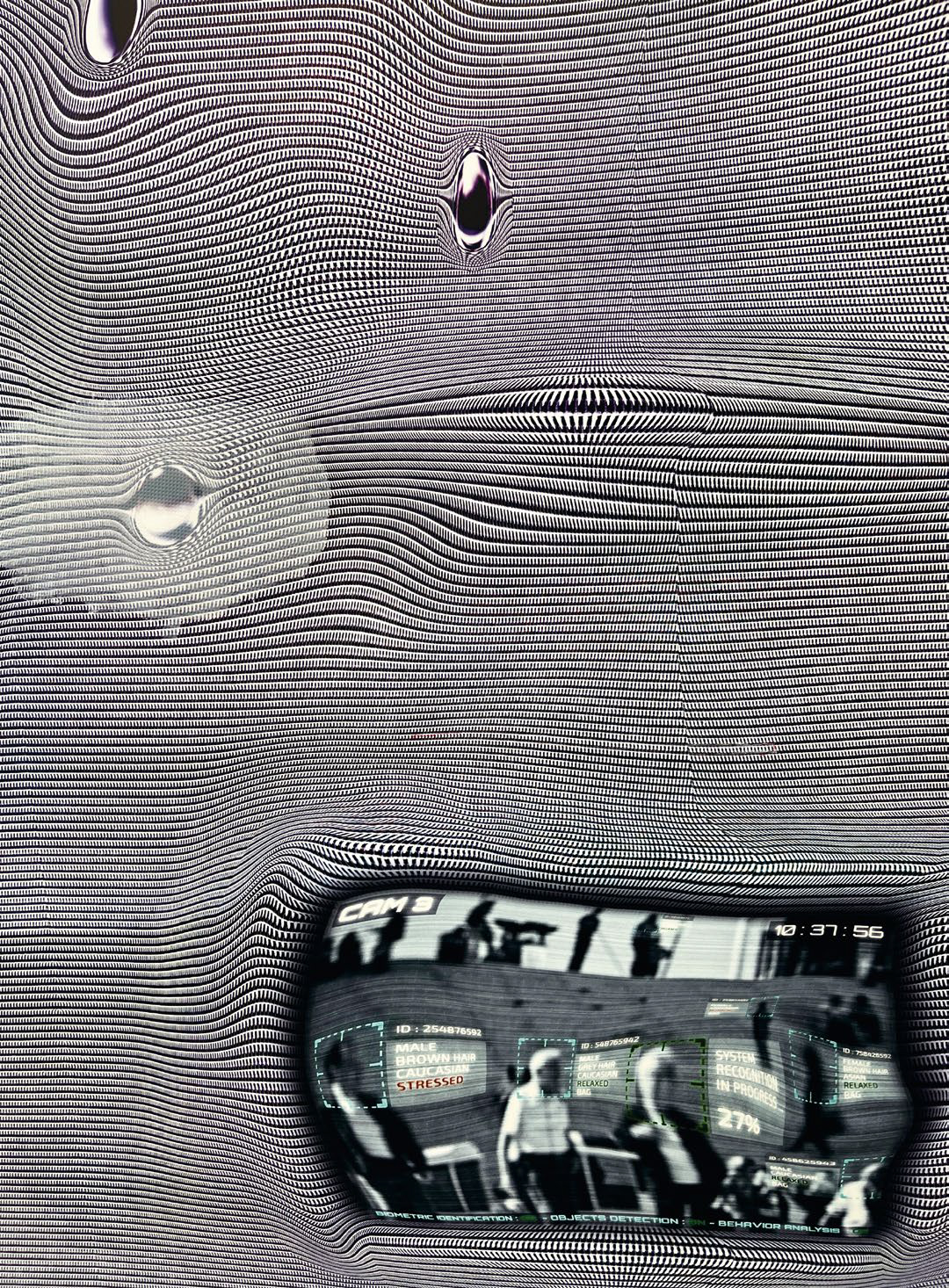B. Ingrid Olson: Elastic X
Lieselott Beschorner: Im Atem der Zeit (In the Breath of Time)
June 29–September 4, 2022
Vienna 1010
Austria
Hours: Tuesday–Sunday 10am–6pm
T +43 1 587530710
F +43 1 587530734
presse@secession.at
EBB & Neïl Beloufa: Pandemic Pandemonium
Screen Talk—Cheat Island—Console of Quiz—Press Key Port—Hand of Vengeance—Tax Haven Roulette—Souvenir Shop: these are the various stations of Pandemic Pandemonium. In fact, the whole exhibition is a kind of walk-on game board: you move from zone to zone, gathering information and clues for the quiz questions and small challenges to be solved at the “gaming machines” where you can try your luck and—with a little dexterity and steady nerves—even win genuine works of art. Don’t be scared! The game is humorous and parodic, with the answers hidden in the sixteen episodes of the video installation Screen Talk, and a visit to Cheat Island could be prove helpful, too, though you might find yourself in an ethical dilemma afterwards.
Screen Talk, with which the exhibition opens, actually dates from 2014 (!): a parody of trashy soap operas originally titled Home Is Wherever I’m with You with a plot about a global pandemic, the hunt for a cure, ostensible personal sacrifices and crises, and interpersonal communication restricted to computer screens. In the course of the Covid-19 pandemic, these “screen talks” became common reality for many of us. That also made the work newly relevant to Beloufa, and he worked with EBB to extend and adapt it under the title Screen Talk. The film became a series of mini-episodes, to which they added programmed interactive elements to turn them into an online game. If you’re more interested in crypto art, the exhibition offers you an opportunity to colorize the digital template Hand of Vengeance to your liking. Then buy the picture in the form of an NFT (non-fungible token) and stash it in your personal crypto wallet.
Over the past more than two years, the pandemic with all the complications it has caused—numerous exhibitions had to be canceled or postponed—has prompted many artists to shift their practices to a more sustainable footing; some, Beloufa among them, have explored creative alternatives in the virtual universe. Turning to playful interactive formats (gaming) and studying crypto art and phenomena such as NFTs, he has expanded his collaborative field and recently founded the production company EBB, which describes itself as a “node and platform for the distribution of cultural experiences and products specializing in the use of Web3 solutions” (see its website at ebb.global).
Pandemic Pandemonium is an enlarged version of the exhibition first presented at Clearing, Brussels (2022).
Neïl Beloufa was born in Paris in 1985 and lives and works in Montreuil.
B. Ingrid Olson: Elastic X
B. Ingrid Olson consistently pursues the question of what it is to see and to be seen. In her exhibition Elastic X at the Secession, Olson presents a series of new works: a sculptural installation that both responds to and inverts the gallery’s architectural characteristics, small anthropomorphic ceramics, and multidimensional photographic objects. Whether captured with a camera, carved using a machine, or cast from a mold, Olson’s practice marks the perceptual relationships between her own body, viewers’ bodies, and architectural bodies.
Using her body as a primary material, the work evidences the ways that she inhabits, moves through and changes within the parameters of her studio. Strictures related to vision and architecture, such as apertures, thresholds, mirrors, transparency, opacity, light, and shadow are often doubly present in the work: captured within an image and also present outside of it, acting as a frame. The results of this process are multidimensional objects and images that re-imagine bodily capacities and the structuring of space.
Working intuitively, Olson uses a variety of means and methods in negotiating the challenge of condensing whole spaces and full bodies into a single picture plane. In fragmented image-impressions, the effects of doubling, reflection, and multiple perspectives thwart coherence—creating tensions between an interior, subjective experience and exterior, pictured subject. Testing the elasticity of representation, she layers depictions of a mutable body set against provisional surroundings, variably enacting gestures or adopting props that signal gendered or androgynous qualities.
B. Ingrid Olson was born in Denver in 1987 and lives in Chicago.
Lieselott Beschorner: Im Atem der Zeit (In the Breath of Time)
Lieselott Beschorner has made art for over seven decades and been a member of the Vienna Secession for just as long. When she was admitted to the Association of Visual Artists in 1951, she was among the first women members: the Secession, which had been founded in 1897, had remained a male preserve until shortly after the war. Only a few years later, in 1954, Beschorner presented her first solo exhibition at the Secession, followed by solo shows in 1966 and 1972, and her work was included in group exhibitions on a regular basis until the mid-1970s. Around that time, the artist took up teaching at a vocational school (she would continue to do so for over thirty years); meanwhile, new tendencies emerged that vied for attention, and her art faded from the spotlight. Undeterred, Beschorner kept making art with the means at her disposal, building an oeuvre that is as complex as it is eclectic: her output ranges from abstract paintings to expressively representational drawings and collages, from ceramics and textile works—including the body of work that is probably most widely known today, the Puppas—to her most recent sculptures, like the Behutete Kopffiguren (Hatted-Head Figures), and a vast trove of drawings on the ubiquitous subject of the virus, among them the cycle of WeinendeOmnichronisten (Weeping Omnichroniclers). The unifying theme that holds these diverse facets of her oeuvre together is the grotesque.
Many of Lieselott Beschorner’s works and techniques anticipated achievements of later generations of women artists, as in the art of Sarah Lucas or Annette Messager; her Puppas even antedate Louise Bourgeois’ ragdolls. The public had few opportunities to take note of her evolving art until a decade ago, when her work was showcased at MUSA. The Secession is excited to host her exhibition Im Atem der Zeit (In the Breath of Time). Featuring recent creations as well as selected pieces from earlier periods of her oeuvre, it illustrates that Beschorner’s work has lost none of its vitality and still speaks powerfully to contemporary concerns.
Lieselott Beschorner, born 1927 in Vienna, lives and works in Vienna.
The exhibition program is conceived by the board of the Secession.
Opening program
Press conference: June 28, 11am
Exhibition talk: June 28, 6pm, Neïl Beloufa in conversation with Axel Stockburger
Opening & garden party: June 28, 7pm
